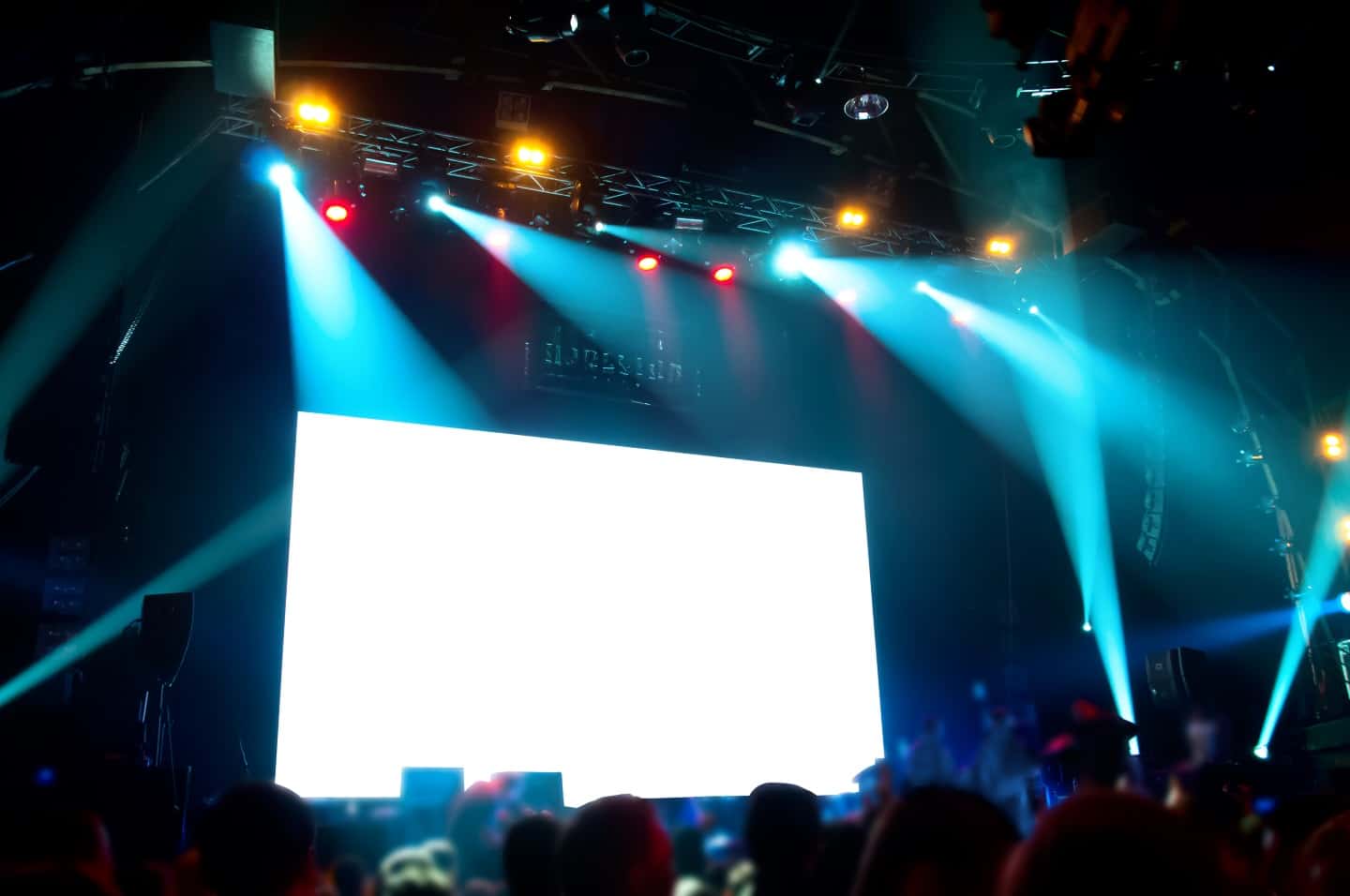The Aesthetics of Algorithms: How AI Enables Revolutionary Artistic Expressions
Introduction:
Art has always been a tool for human expression, for capturing emotions, and for exploring the boundaries of our imagination. Over the years, artists have utilized various mediums to break conventional norms and push artistic boundaries. With the advent of artificial intelligence (AI), a new realm of artistic expression has emerged, transcending human limitations and enabling revolutionary creations. This article will explore the aesthetics of algorithms and how AI has transformed the artistic landscape.
The Intersection of AI and Art:
Artists have long been aware of the potential in combining science and technology with their creative practices. However, the recent surge in AI capabilities has revolutionized the field of art by liberating artists from traditional limitations and offering new possibilities. Through advanced algorithms and machine learning techniques, AI is capable of generating, enhancing, and inspiring artistic creations.
AI-Generated Art:
One of the most fascinating aspects of AI in art is the ability to generate unique and original pieces. Deep learning algorithms can analyze vast amounts of existing artwork, identify patterns, and develop novel compositions. By understanding the essence of different artistic styles, AI can create entirely new artworks that blend various aesthetic elements.
This process raises interesting questions about the nature of art and creativity itself. Can an AI program truly be considered an artist? While AI lacks the consciousness and emotions that drive human creativity, it can certainly produce artworks that evoke emotional responses. The fact that an AI program is capable of creating something aesthetically pleasing challenges our preconceived notions of how art is made.
Enhancing Human Creativity:
AI not only generates art on its own but can also assist human artists in their creative process. With AI tools, artists can experiment with different styles, color palettes, and perspectives, which can serve as a foundation or source of inspiration. AI algorithms can also identify areas for improvement and suggest modifications to enhance the overall composition. This collaborative approach between human creators and AI challenges traditional artistic practices and enables artists to explore new creative pathways.
Breaking Barriers and Expanding Boundaries:
Another area where AI has made a tremendous impact is in breaking barriers within art. Historically, access to resources, training, and education limited the pool of artists who could flourish. However, AI democratizes art by providing tools that are accessible to anyone with a computer. Artists no longer need to invest in expensive art supplies or years of training to create meaningful and evocative works; AI algorithms make it possible for aspiring artists to experiment, learn, and create without substantial financial investment.
FAQs:
1. Can AI programmed to create art surpass human creativity?
While AI algorithms have demonstrated remarkable achievements in generating unique artworks, the question of surpassing human creativity is more complex. AI lacks the depth of human emotion, intuition, and subjective experience that are integral to artistic expression. However, AI can create convincing imitations of human-generated art and inspire novel compositions. The true potential lies in the symbiotic relationship between AI and human creativity.
2. Is AI-generated art original?
AI-generated art is both original and derivative. The algorithms learn from existing artworks, identify patterns, and generate unique compositions. However, the question of originality becomes challenging when considering the influence of preexisting artwork on AI’s creative process. While AI generates novel pieces, it is influenced by the works it has analyzed.
3. Does AI in art devalue traditional artistic practices?
AI in art does not devalue traditional artistic practices; rather, it expands the possibilities for creativity. Traditional practices, such as painting, sculpture, and drawing, remain deeply valuable and unique. AI should be seen as a complementary tool that empowers artists to explore new dimensions and challenge conventional norms.
Conclusion:
The aesthetics of algorithms have opened doors to new and unprecedented forms of artistic expression. AI-generated art and the enhancement of human creativity through AI tools demonstrate the potential for transformative art experiences. As algorithms continue to evolve, we can only imagine the limitless possibilities that lie ahead for the intersection of AI and the arts. The world stands at the precipice of a truly revolutionary artistic era, where machines and humans collaborate to redefine the boundaries of human imagination.










